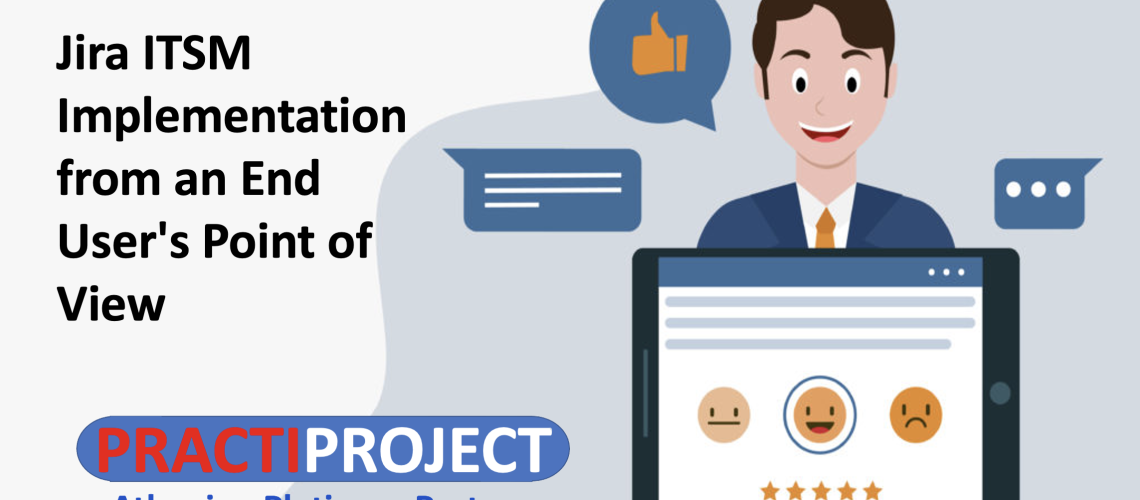If you are an IT service provider, you know how important it is to provide your end users with the IT service they need. That’s why you are always looking for ways to improve your IT service management (ITSM) system. One way to do this is by using Jira Service Management (JSM), a powerful and flexible ITSM solution that is easy to use and customize.
Here are some tips on how to create an ITSM that your end users will really want to use:
- Keep Your Users’ Point of View in Mind
When designing your ITSM system, it’s essential to keep your users’ point of view in mind. You want to make it as easy as possible for them to use the system, so they don’t get frustrated or confused. To do this, you can create an easy menu and relevant fields to fill in on the issue screen. This will help your users to quickly find what they need and get their issues resolved as soon as possible.
For example, the insurance company Swiss Re implemented JSM to improve their ITSM system. They used Jira’s customization capabilities to tailor the user interface to their specific needs, making it easy for their end-users to navigate and use the system. They also created a self-service portal for their end-users to submit and track their requests, which helped reduce the number of calls to their service desk. By keeping their end-users’ point of view in mind, Swiss Re was able to create an ITSM system that their end-users really wanted to use.
- Limit Costs
IT budgets can be tight, so it’s important to limit costs wherever possible. One way to do this is by making your end users free end users and not having to pay for their licenses. You can also limit the number of agents you have to reduce costs. This way, you can still provide a high-quality service to your end users without breaking the bank.
According to a recent report by Gartner, “Jira Service Management is cost-effective and enables IT service management organizations to move away from traditional ITSM tools and toward a more modern, agile approach.” By using JSM, you can limit costs while still providing a high-quality service to your end-users.
- Create Knowledge Base Articles on the Fly
Jira Service Management allows you to create articles from the issue screen. If an agent resolves an issue that may help others, they can create a knowledge base article so other users can benefit from it. These articles will appear when the next user starts writing about a similar subject, and the system will suggest this article to the user. This saves time for the agents and helps end-users find answers to their issues quickly.
Hilli Balzer, CEO of PractiProject, an Atlassian Platinum Partner, said: “Our customers love the knowledge base feature in JSM. They can easily create and manage knowledge base articles on the fly, which helps them to provide quick and accurate responses to their end-users. This feature has helped our customers to reduce the number of calls to their service desk and improve their end-user experience.”
- Analyze Customer Issues and Prioritize Them with ChatGPT
You can use the ChatGPT integration to Jira app and configure it to automatically prioritize your issues according to your own scale. This will assist with auto-triage of the issues, which will save your agents time and effort. This way, they can focus on the most critical issues and resolve them quickly, which will improve the end-user experience.
In conclusion, by using Jira Service Management, you can create an ITSM system that your end-users will want to use. By keeping their point of view in mind, limiting costs, creating knowledge base articles on the fly, and analyzing customer issues with ChatGPT, you can improve the end-user experience and provide a high-quality service to your customers.





